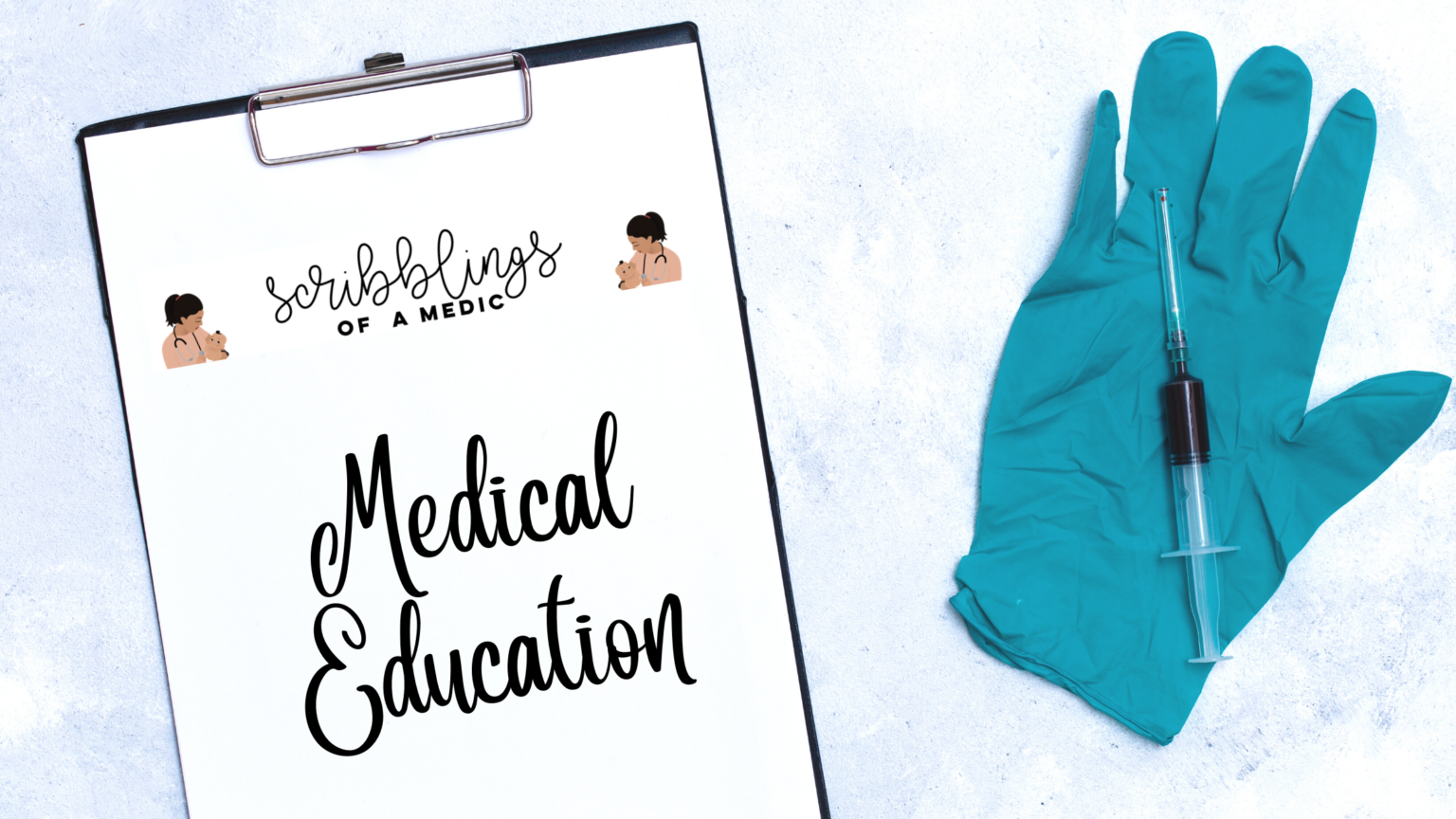In the real world, diagnosing a patient is not like how it is in the textbook. Very very rarely do patients ever present with a condition you are 100% able to diagnose at first glance – more often than not you will have a set of differential diagnoses that you will need to cut down using the history, examination and investigations to come at a final diagnosis. Emergency conditions such as the one described below however need to be diagnosed quickly!

Dr. Yi Koon See is a Newcastle University medical graduate currently working in her native country of Malaysia as an MO in Internal Medicine. She has a special interest in the field of both cardiology and neurology. Working non-stop in her busy job, Yi Koon also makes sure she finds time to relax at home with her husband and adorable kitten. She would describe herself as a slave to her kitten!
Read on below to learn about her experience with a common, but silent killer that every intern needs to be aware of!

On a personal note, Yi Koon is a dear friend of mine from university who is one of the smartest people I know. She always aced her final exams every year of medical school and I’ve always admired her work ethic. She is also one of the kindest human beings and truly deserves all the success in the world! Thank you for doing this Yi Koon ❤
A brief clinical picture
A 19 year old gentleman presented to the emergency department feeling breathless. Upon further questioning he also complained of polyuria, increased thirst, nocturia and also loss of weight. His blood glucose (DXT/dextrose) measurement read as “HI” on the glucometer. His venous blood gases showed metabolic acidosis. On questioning about his family history, he divulged that his sister was diagnosed with type 1 Diabetes Mellitus.
Discussion
On first glance, one can obviously tell that the diagnosis for this patient is diabetic ketoacidosis (DKA). A typical and classic presentation that we as medical students learn is how a newly diagnosed DKA patient can present for the first time with the typical findings of D-K-A (high glucose, ketonaemia/ketonuria and metabolic acidosis). However, medicine is not as simple as black and white as we all know. Although DKA typically occur in patients with type 1 diabetes mellitus, it can also happen in patients with type 2 DM as well. This makes it difficult for medical practitioners to identify and diagnose DKA.
As a medical officer, I often get calls from house officers or referrals from many other departments outside of internal medicine, including the emergency department, about a possible case of DKA. In this post I will be talking about a logical approach to hyperglycaemia in hopes that as medical students and house officers, one would be able to diagnose and manage DKA systematically and well. It is a rather lengthy topic but do bear with me as DKA is an endocrine emergency and every physician should know its’ diagnosis and management at the tip of their fingers. I will be sharing my general approach to DKA in my day to day practice and some principals of the management.
How to approach a patient with hyperglycaemia?
Often in the wards or in the emergency department, the nurses will say, “doctor, this patient’s blood glucose is HI (ie too high that it cannot be read on the glucometer) or the blood sugar is 26mmol/l”.
There are few things to do first:
- History taking:
- Elicit any symptoms of hyperglycaemia such as polyuria, polydipsia, loss of weight etc.
- Past medical history : To determine if a patient has already been diagnosed with diabetes mellitus. If yes, it is important to know the patient’s home medications and the compliance.
- Has the patient’s daily insulin/oral hypoglycaemics been administered in the ward? Did the patient just have his meal and was the blood sugar taken just after his meal?
- Triggering factors for hyperglycaemia? Eg: stress hyperglycaemia, infection (search for any source of infection such as URTI, pneumonia, UTI etc), missed medications or even any newly commenced medications such as steroids ie prednisolone, hydrocortisone.
- Investigation:
- FBC- to look at the WCC for any evidence of leucocytosis suggestive of infection
- Random blood glucose – this is really important as a glucometer recording HI DXT should not be just taken at face value. One would need to determine the actual blood glucose level.
- Urine and blood ketones
- Calculate the anion gap (high in DKA) as shown below.
- Calculate serum osmolarity as shown below (to also diagnose for HHS *hyperosmolar hyperglycaemic state* if the patient is not in DKA). HHS is also an endocrine emergency and one should also know how to diagnose it too.
Anion gap calculation: sodium – chloride – bicarbonate
Corrected anion gap = anion gap + (0.25 x (40-albumin))
Normal anion gap = 8-12
Serum osmolarity : Na + glucose + urea (normal serum osmolarity =285-295)
- Diagnosis: uncontrolled DM? DKA? HHS?
- To make the diagnosis of DKA, it needs to fulfil the criteria of D-K-A, ie blood glucose >11mmol, ketonaemia >/= 3mmol/L, significant ketonuria >/= 2+, HC03 <15 or VBG pH <7.3 (Joint British Diabetes Societies 2013)
- HHS : serum osmolarity >320mosmol/kg, serum glucose frequently >33.3mmol/L, little or no ketonaemia/ketonuria and no metabolic acidosis.
- Management:
- Fluid fluid fluid!
- Insulin
- Electrolytes – especially if hypokalaemiac (K+)
I will not go into too much detail regarding the DKA regime as these differ from centre to centre. Generally the principle is the same – fluids, insulin and electolytes. One point I would like to stress on is that indeed in the books, we were told to resuscitate, e.g. 1 litre fast over 15 mins, then 1 litre over 1 hour and then 1 litre over two hours etc. However, one needs to actually reassess the patient’s condition, the blood gas report and also the electrolytes after each time the patient is resuscitated. This will actually guide us in terms of our management. For example, if the patient’s VBG is not improving after giving a bolus of 1L of fluid say in 15 minutes, we need to repeat the bolus again. There is no hard and fast rule whereby we layout the full fluid regime without actually reassessing patient’s condition.
Finally, one should also know the definition of severe DKA, of which early referral to the anaesthetist is of utmost important as patients should not die from DKA. Just as how patients should not die from dengue or childbirth.
Indications of severe DKA:
- Venous HCO3 <6mmol
- Blood ketone >6 mmol
- Venous pH <7.1
- Hypokalaemia <3.5mmol/L
- GCS <12
- Oxygen saturation <92%
- Systolic BP <90mmHG
- Pulse <60 / >100bpm
- Anion gap
These are indications for early referral to an anaesthetist as they should be managed in an ICU setting. Also patients who are pregnant and those who have renal/cardiac failure need to have careful monitoring of their fluids to avoid fluid overload.
These are the few important aspects of DKA that I have learnt throughout my time being a medical officer and I wish I knew these when I was a houseman or a medical student. I hope this brief overview would be helpful. Thank you 😉





